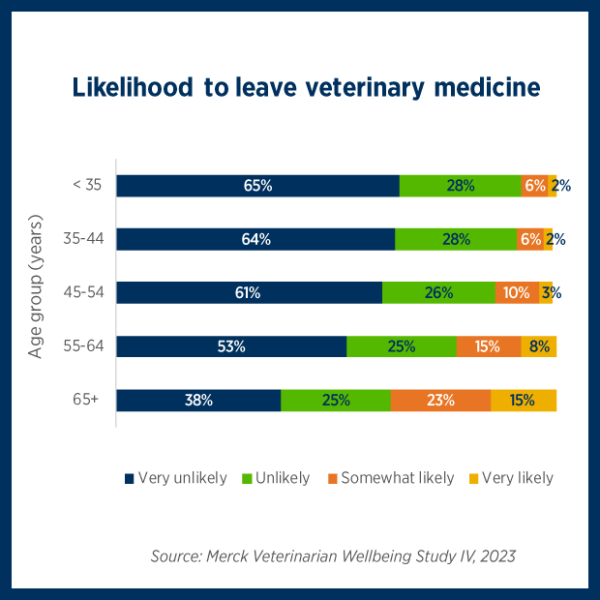Finding a solution to workplace harassment
What organizations, practices and individuals can do
Harassment - and particularly sexual harassment - has recently arisen as a worldwide headline, with new reports of misconduct and abuse emerging nearly every day. The #MeToo movement in particular has been instrumental in bringing to light the prevalence of harassment - and the trauma it causes - in our society. It also has served as an outlet for survivors to share their stories.
Every member of the veterinary profession can play a role in putting an end to unacceptable workplace behavior. Here are five actions you can take to keep harassment out of your workplace and help ensure that the veterinary profession is safe and equitable for all:
Commit to a culture of respect
Company culture can be the greatest indicator of and influence on the prevalence of harassment in a workplace. According to a 2016 report released by the U.S. Equal Employment Opportunity Commission, “Workplace culture has the greatest impact on allowing harassment to flourish, or conversely, in preventing harassment.” A workplace culture that puts a premium on respect, diversity and inclusion often leads to fewer instances of harassment.
Individual employees can commit to championing a culture of respect at all times. For employers, making sure that employees are held accountable for negative behavior is paramount. You may also consider publicly acknowledging and rewarding individuals who go above and beyond in contributing to a positive and respectful work environment.
Implement policies and procedures
Clear policies are vital because they delineate what is, and what is not, acceptable behavior across all levels of an organization. The AVMA has developed guidelines to help veterinarians create an employment policy to address harassment and discrimination.
Implementing straightforward procedures is also critical and should enable employees to easily report - and managers to quickly respond to – any instance of harassment. Another benefit of set procedures is that they can help keep you and your organization from falling into a frantic “crisis mode” if a situation arises that must be addressed.
Lead by example
A company’s culture is indelibly linked to its leadership and relies heavily on whether its leaders “buy in to” the culture themselves. As this 2017 Atlantic article puts it: “When leaders take sexual harassment seriously, it’s less likely to occur. The odds of it happening go up when company leaders condone misconduct by ignoring it, discouraging people from coming forward, failing to act, or engaging in harassing behaviors themselves.” As a leader in your organization, it is especially important for you to model appropriate behavior and address when an employee is not adhering to company expectations.
Revamp your training
Training, as all veterinarians know, is an essential part of education. But experts believe that traditional sexual harassment trainings – which focus mainly on antidiscrimination laws and legal implications – aren’t impactful. Instead, training should be a more holistic tool to help build the company culture you desire – one of respect and inclusion.
The most effective trainings are interactive and dynamic. They should be conducted on a regular basis for all employees and should address situations that are likely to arise in your specific work environment. You may consider offering team members the opportunity to anonymously submit scenarios for discussion, which they themselves have experienced. Bystander training also has been shown to be a particularly effective method of empowering employees to take action when they witness harassment.
Enforce accountability
Even the best policies are all but useless if they aren’t enforced in a timely and meaningful way. According to the EEOC’s report, “Accountability systems must ensure that those who engage in harassment are held responsible in a meaningful, appropriate, and proportional manner, and that those whose job it is to prevent or respond to harassment should be rewarded for doing that job well (or penalized for failing to do so).”
When an organization enforces its harassment policies, it demonstrates upper management’s commitment to creating a harassment-free environment where individuals will be held accountable for their behavior. It gives employees confidence that these policies and procedures will be upheld, too, should they ever need them.
For additional information and resources to help combat harassment in the workplace, visit the Equal Opportunity Employment Commission’s sexual harassment page. If you are currently experiencing harassment or feel unsafe in your workplace please visit The National Women’s Law Center website or the American Association of University Women (AAUW) for assistance and further guidance.




Comments
Add New Comment